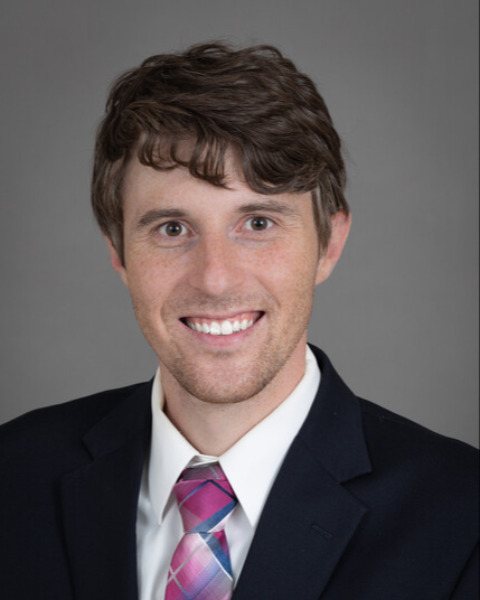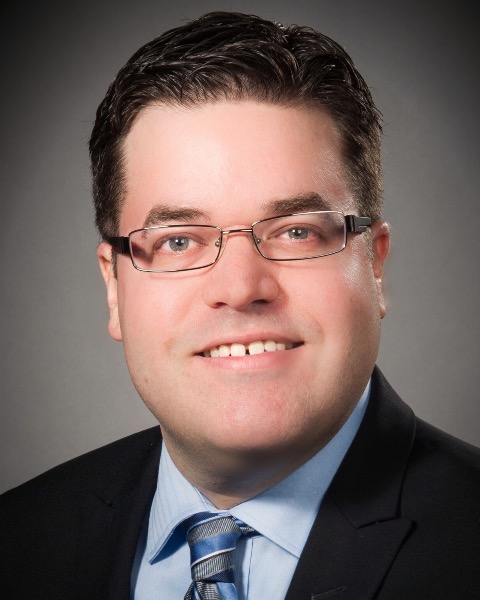Poster Session 4
(1180) McDonald versus Shirodkar cervical cerclage for the prevention of preterm birth in patients with obesity

Sarah H. Abelman, MD (she/her/hers)
Maternal Fetal Medicine Fellow
Northwell
New Hyde Park, New York, United States
Frank I. Jackson, DO (he/him/his)
Maternal Fetal Medicine Fellow
Northwell
New Hyde Park, New York, United States
Nathan A. Keller, MD
Maternal Fetal Medicine Fellow
Northwell
Bay Shore, NY, United States- JC
Julie Chen, BA
Northwell
New Hyde Park, New York, United States - LB
Luis A. Bracero, MD
Maternal Fetal Medicine Physician
Northwell
New Hyde Park, New York, United States 
Matthew J. Blitz, MD
Director of Clinical Research, Maternal-Fetal Medicine, Northwell; Program Director, Maternal Fetal Medicine Fellowship, South Shore University Hospital
Northwell
Bay Shore, NY, United States
Submitting Author and Presenting Author(s)
Coauthor(s)
Differences in outcomes after Shirodkar versus McDonald cerclage techniques remain unclear. Some evidence suggests a potential benefit of Shirodkar cerclage in obese patients. This study aims to compare gestational age at delivery of patients with obesity who received either McDonald or Shirodkar cerclages.
Study Design:
This was a retrospective cohort study of all patients with obesity (BMI ≥ 30 kg/m2) who received cerclage during pregnancy between January 2018 and December 2023 within a large health system in New York. The primary exposure was cerclage type. The primary outcome evaluated was gestational age at delivery. Outcomes were compared using a linear mixed model regression analysis, and were then adjusted for maternal age, BMI, nulliparity, history of prior preterm birth, cerclage indication, and gestational age at cerclage placement. A subgroup analysis was performed based on cerclage indication, additionally adjusting for very short cervix less than 1 cm in the ultrasound-indicated cerclage subgroup.
Results:
517 pregnant patients with obesity who received cerclages were included in this study. 238 (46%) were ultrasound-indicated, 118 (23%) were exam-indicated, and 158 (31%) were history-indicated cerclages. 385 (74%) received a McDonald cerclage and 132 (26%) received a Shirodkar cerclage. The mean gestational age at placement was 17.0 weeks (SD 3.5) for the McDonald group and was 17.3 (SD 3.4) for the Shirodkar group. Unadjusted and adjusted analyses showed no significant difference in pregnancy duration between the two groups, with the mean gestational age at delivery being 36.2 weeks (SD 4.4) for the McDonald group and 35.8 (SD 4.5) for the Shirodkar group (P=0.48). Subgroup analyses by cerclage indication also showed no difference in gestational age at delivery based on Shirodkar versus McDonald technique (figure 1).
Conclusion:
In this large cohort of patients with obesity undergoing cerclage placement during pregnancy, there was no difference in delivery timing based on cerclage technique. Both techniques appear equally effective in prolonging pregnancy.

